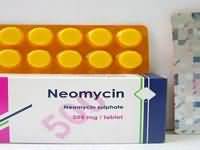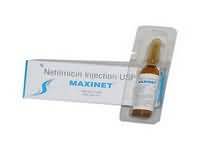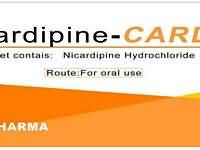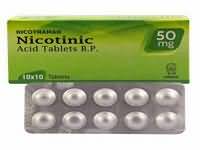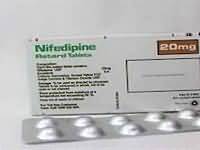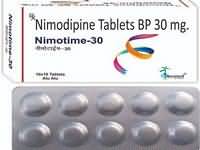movicol
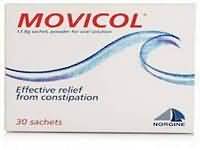
CLINICAL USE
LaxativeDOSE IN NORMAL RENAL FUNCTION
1–3 sachets daily in divided doses in 125 mL of waterMaintenance: 1–2 sachets dailyPHARMACOKINETICS
DOSE IN RENAL IMPAIRMENT
GFR (mL/MIN)
DOSE IN PATIENTS UNDERGOING RENAL REPLACEMENT THERAPIES
IMPORTANT DRUG INTERACTIONS
Potentially hazardous interactions with other drugsADMINISTRATION
Reconstition
–Route
OralRate of Administration
–Comments
–OTHER INFORMATION
Movicol contains polyethylene glycol, sodium chloride, sodium bicarbonate and potassium chlorideElectrolyte content of a sachet when made up with 125 mL water is:Sodium 65 mmol/L —Chloride 53 mmol/L —Potassium 5.4 mmol/L —Bicarbonate 17 mmol/L —Sachets are formulated to ensure that there is virtually no net gain or loss of sodium, potassium or waterMovicol (active ingredient is the osmotic laxative polyethylene glycol).
See how to identify renal failure stages according to GFR calculation
See how to diagnose irreversible renal disease
Home
